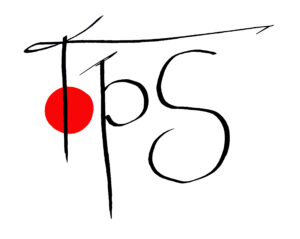Cepi statistics
The Cepi CTS is a proficiency scheme with the basic principle that the data provided by Qualified Laboratories, usually accredited for the tests, in a pre-test round is used to obtain estimates of the mean value and of the reproducibility standard deviation when sets of a given number of test pieces from a given batch are tested in different laboratories. This total standard deviation is then used for estimating acceptable limits within which the majority of all laboratories should lie when testing material from the same batch. These limits are presented as warning limits and action limits.
Pre-test
In order to ensure the highest quality for the reference values, the statistical analysis of the pre-test data from the Qualified Labs (QL) includes statistical tests to eliminate data which are considered to be outliers and which may not properly belong to the data population, however these outlier tests are only performed when results have been returned by more than ten qualified laboratories. The results of such pre-test round are presented in the Report A and Report A-Summary.
For each QL, the Mean and the Standard Deviation of the results per Test and per Level is calculated.
In order to eliminate any QL which has an unreasonably high standard deviation, Cochran’s test according to ISO 5725 is applied, with a rejection level of 1%. The test shall be applied only to the laboratory having the highest deviation. If the acceptance criterion for all remaining labs is still not met, the test should be applied once more (maximum twice).
Any laboratory excluded on the basis of too high standard deviation shall be completely excluded from the subsequent analysis. The Cochran’s test is not applied if the number of qualified laboratories is less than ten.
From the calculated Means the Grand Mean and the Repeatability Standard Deviation are calculated.
In order to eliminate any QL which presents a mean value which is unreasonably far from the grand mean, the Grubbs’s test is applied according to ISO 5725, to check whether a high or low mean value is to be regarded as an outlier, with a rejection level of 1%. If the acceptance criterion for all remaining labs is still not met, the test will be applied once more (maximum twice). The Grubbs’s test is not applied if the number of qualified laboratories is less than ten.
After elimination of any outliers, the final Grand Mean is calculated with the mean Standard Deviation WITHIN laboratories and the reproducibility Standard Deviation BETWEEN laboratories.
Based on these results the Cepi limits are calculated using Student’s t distribution value for n=999.
Client's round
The returned Client data is reported directly to the Client, including the Z-score per test and level.
The H-Report presents the data for all laboratories participating in the client’s round, in the form of a histogram showing the distribution of all clients’ results. It can include the results of the Qualified Laboratories if the number of clients is less than ten. In this case, this is mentioned in the Reports.
It shows the grand mean and standard deviation of the client population together with the number of outliers (clients reporting results outside the CEPI action limits and according to the Cochran test).
